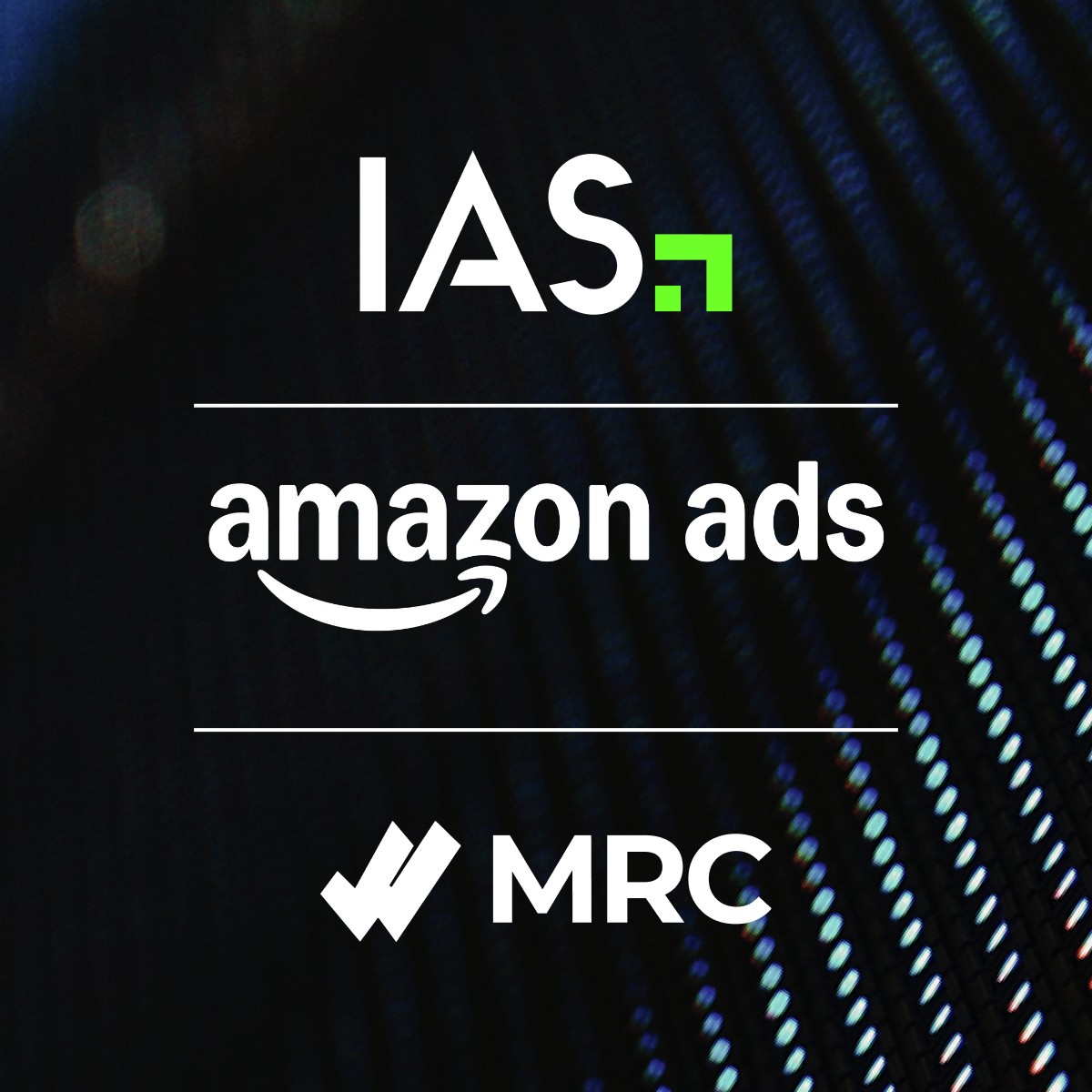We’ve seen advertisers hit every area, from CTV and mobile to the open web — but what about mobile game advertising?
Mobile gaming is a lucrative industry, even in 2024. Recent IAS research found that 82% of gamers turn to their mobile devices to play games — which is more than desktop or even console. Today, there are more than 1.92 billion mobile gamers worldwide, with mobile gaming revenue accounting for as much as 77.7% of total revenue within the gaming industry. This massive reach is likely because mobile games are highly accessible to consumers on smartphones, meaning more opportunities for advertisers to break into the niche.
But before you start planning your next in-game ad campaign, here’s what you should consider.
How do in-game ads work?
In simple terms, mobile game ads are used to present a brand or product to a gamer when they download and begin using a gaming app.
But there’s more to it. Mobile game advertising begins when an advertiser buys ad space from a game developer. Most games incorporate ads as videos between levels, lobby of a video game, but some game developers may include banner ads on their games that are visible as the player engages with the app.
Why do developers use in-game ads?
If you ever browse through your phone’s app store, you’ll notice an influx of free-to-play games that don’t require upfront costs.
Free-to-play games allow developers to draw in a larger audience, and through charging advertisers for inventory, they can continue to keep their apps running. In exchange, advertisers get exposure to a new market. Like ads on websites and streaming platforms, they’re designed to be a win-win for the entity hosting the ads and the brand paying for ad space.
But, as an advertiser, it’s important to remember that there are a variety of game genres out there. Choosing genres that closely relate to your brand is critical, especially when considering the demographics playing the game.
Types of in-game ads
Like any other platform, advertisers need to choose the right ad format for campaigns. Here’s a breakdown of what the different game ad formats look like:
- INTRINSIC IN-GAME: Sometimes referred to as native in-game or in-play, these ad placements, product placements, and experiential branding environments are in the game, and a seamless part of gameplay.
- ADJACENT:The ad placement is next to the game, such as a banner image ad below a mobile puzzle game.
- INTERSTITIAL: The ad placement is around the game, as gameplay stops and the ad itself becomes the focus.
- AUDIO: The ad placement is purely audio in nature, overlaid during gameplay without pausing the game.
- REWARDED: The ad placement provides an opportunity for users to watch a video or engage with a playable ad in exchange for a reward within a gaming environment.
- ADVERGAMES: A custom game designed around a specific product or brand.
- SPONSORED: A brand can sponsor gameplay through special levels and brand themed in-game events.
- SKINS: A brand can create a “skin” item that players can acquire in-game which changes the appearance of their avatar (the character that represents the player in-game).
- BRANDED WORLD: A brand can develop a fully immersive, branded experience such as an island, an independent gameplay experience, or a branded level.
- HARD CODED: The ad placement is built into the game and unchangeable, meaning it can only be changed by modifying the source code and recompiling.
Depending on what you’re looking to get out of the gaming market, deciding which in-game ad format is the most beneficial to your brand will lay the groundwork for the rest of your strategy.
After you’ve decided on a format, you can begin to dive deeper into your campaign.
How to craft an effective mobile gaming advertising strategy
The global in-game advertising industry is set to see growth upwards of $14 billion in revenue by 2028 — meaning there’s no better time to get started on a strategy than right now.
But where do you begin?
Your strategy should be more than just throwing ads at popular genres like candy-matching games (though you shouldn’t completely write them off). When setting up an in-game ad strategy, consider the following.
Who is your audience?
Another survey found that the mobile gaming market is more diverse than you might think, with 55% of women in the United States accounting for a majority of the player base in terms of gender, and 60% of Gen Xers dominating this platform.
It’s easy to correlate video games with young males, but statistics and data are the best way to get a clear idea of your audience before you spend your ad budget. Understand who your target audience is within the mobile game market and strategize when your ad will be seen.
Carefully consider ad placement
Let’s face it, ads can be frustrating to the player if they’re not placed properly — and even advertisers will admit that. While banner ads are an option, advertisers may want to consider other placements that don’t interfere with the user experience.
Advertisers should know that 69% of gamers say they’re open to non-disruptive in-game ads. With that in mind, more seamless placements may include running your ad before gameplay, during a natural break, such as a level change, or after gameplay.
After all, a player who isn’t frustrated with the app’s usability is more likely to engage with your ads.
Monitor your campaigns
Finally, you need to verify your in-game ads to see if they’re viable for your business.
The video game industry is competitive and rigorous, and the mobile sector isn’t an exception. You first want to make sure your ads are being seen by real people and are free from invalid traffic, and from there attribute and collect data to get a complete view of your campaign performance.
Ad fraud on mobile apps is commonplace. Tracking your ad performance and having a prevention plan in place will boost your progress.
Get in the game with IAS
Mobile in-app advertising — especially in mobile games — isn’t going anywhere anytime soon. IAS is here to help you step up your game so you can take advantage of one of the fastest-growing advertising platforms without wasting your valuable ad budget.
Measure mobile traffic and viewability using our tools to enhance your advertising effectiveness. With in-game viewability and invalid traffic measurement from IAS, marketers can access key benefits including:
- Innovative, global intrinsic 3D in-game Viewability and Invalid Traffic measurement
- Global viewability and invalid traffic (IVT) measurement for a holistic view of your media buys
- Comprehensive coverage across formats and environments
- Trusted, third-party reporting with daily reporting in the IAS Signal UI
Reach out to an IAS representative to get started on an in-game ad campaign to reach real people and drive engagement using actionable data today.
 Share on LinkedIn
Share on LinkedIn Share on X
Share on X

